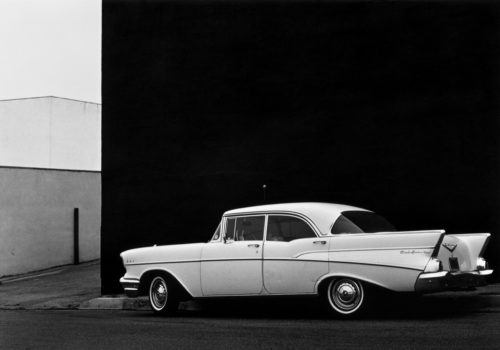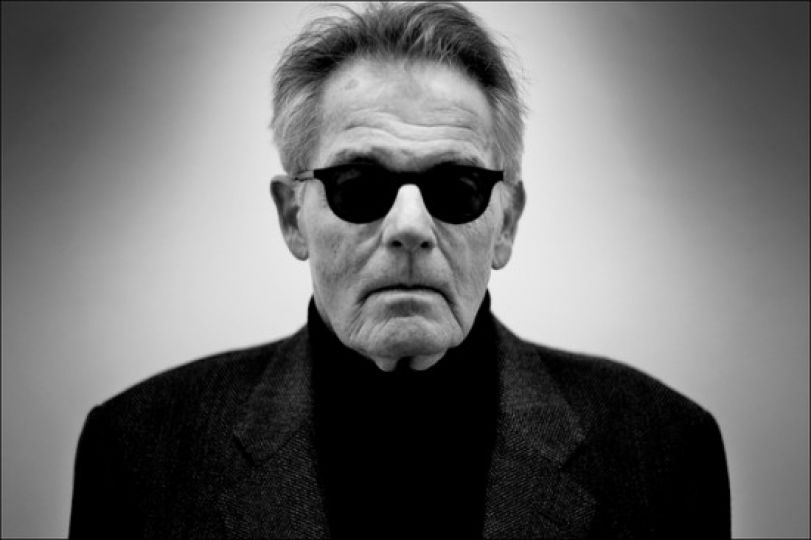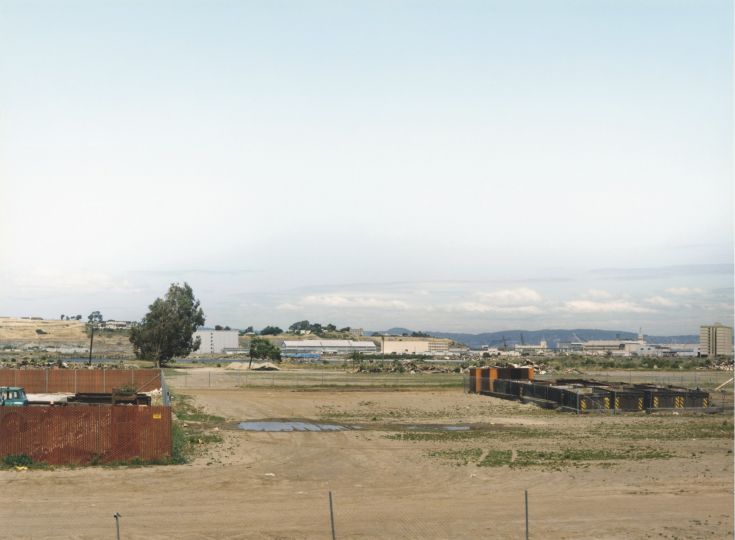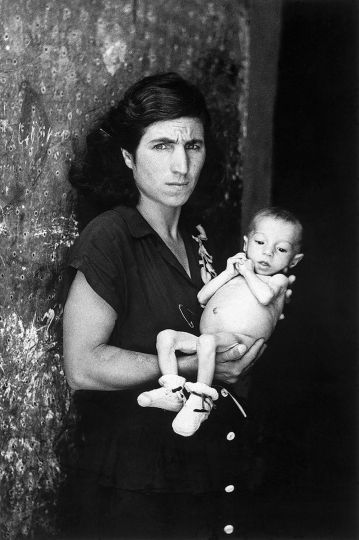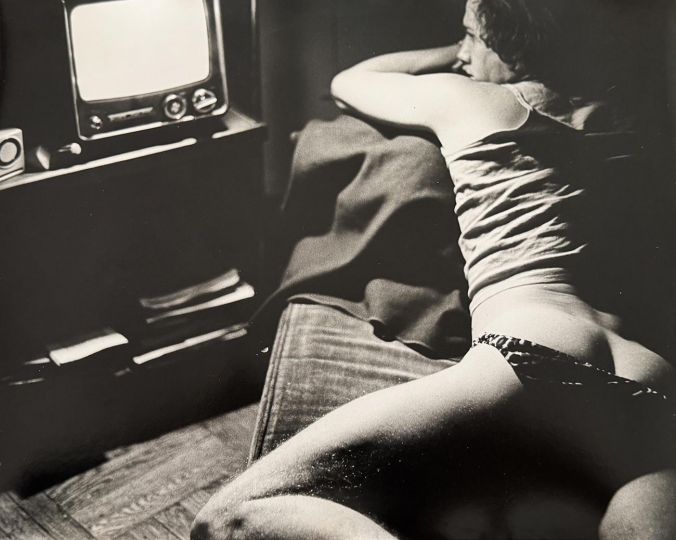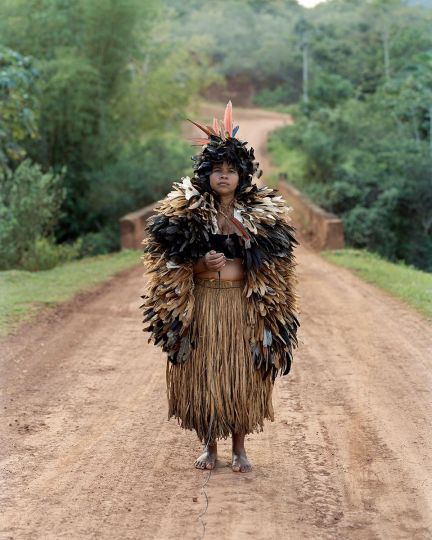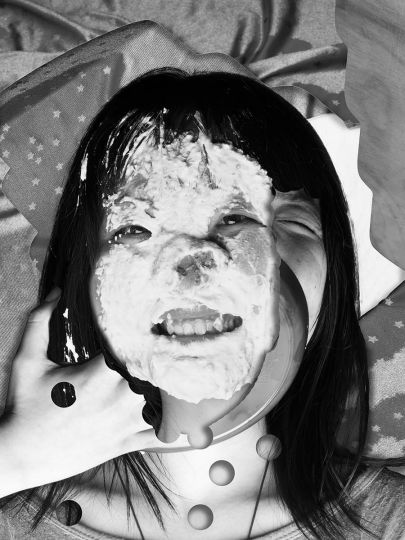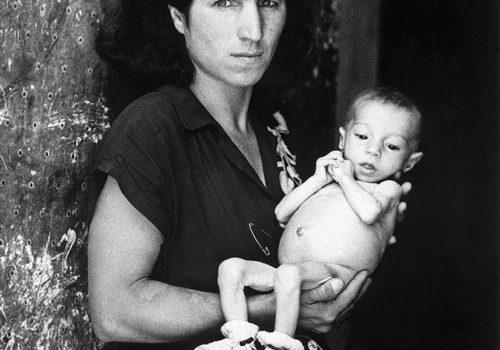United States, 1960s. The photography of the period inundates our collective imagination with images of idyllic landscapes. Virgin nature, grandeur, perfection, heroism…these images triggered in the society of the time the idea of a sacred and magnificent landscape. Nevertheless the unrestrained development and the uncompromising occupation of the land exposes a very different reality to us. The series The Tract Houses constitutes one of the most often discussed illustrations of this. This collection of twenty-five technically impeccable photographs, shows the construction of one of the many suburbs that started to proliferate around the cities. The previous grandeur gave way to consumerism, the perfection to standardisation and the heroism to economic profitability. The landscape that we contemplate is no longer associated with the divine, but is totally marked by the hand of man, who, guided by capitalism, creates a completely different landscape and uses the land according to economic parameters.
Lewis Baltz played a key role in the unveiling of this reality and in particular in the use of photography as a means of expression, of study, of criticism and of reflection on the new environment. From his first pieces of work, when he was just a student, the artist concentrated all his efforts on achieving this objective. Baltz was above all an artist, not only a photographer. Baltz used photography as a means of expression, but his preoccupation and the content of his works were very close to those of a conceptual artist. Lewis Baltz’s work and training have to be considered within the framework of the artistic movements born in the 1960s in the United States, and in particular, Land art and Minimalism. They translated into a wish to provide a critical response to the dominant capitalist consumerism. If we have already alluded to the harrowing message passed on by the series The Tract Houses, the artist’s formal use of language is also a revelation. It was mostly in the tight, frontal shots of windows or doors that could fully identify with the paintings of Ad Reinhard, Robert Rauschenberg or Frank Stella, revealing the use of a common language and shared formal anxieties.
Lewis Baltz produced this series from 1969 to 1971 to present as his valedictory work at the Claremont Graduate School, where he studied Fine Arts. It was a twenty-four year old student’s work that already revealed some unusual qualities. Those qualities were very quickly recognised by the prestigious New York gallery owner, Leo Castelli, to whom the young artist had presented his work in 1971. Castelli, impressed by the mastery shown by the young artist, immediately bought the series to show in his gallery Castelli Graphics the same year. This exhibition would be the first of a long series devoted to Lewis Baltz’s work. Nearly twenty years later, the artist returned to the locations of The Tract Houses, re-photographed them and produced the series Rule without exception (1988), in which we find a totally different language and an artist on the point of committing himself to a completely new artistic approach.
Carlos Gollonet
Carlos Gollonet is the chief photographic conservator at the Fundación MAPFRE, in Madrid, in Spain.
Lewis Baltz
From 9th February to 4th June 2017
Bárbara de Braganza Exhibition Hall
C/ Bárbara de Braganza, 13
28004, Madrid
Spain
Exhibition produced by the Fundación MAPFRE

